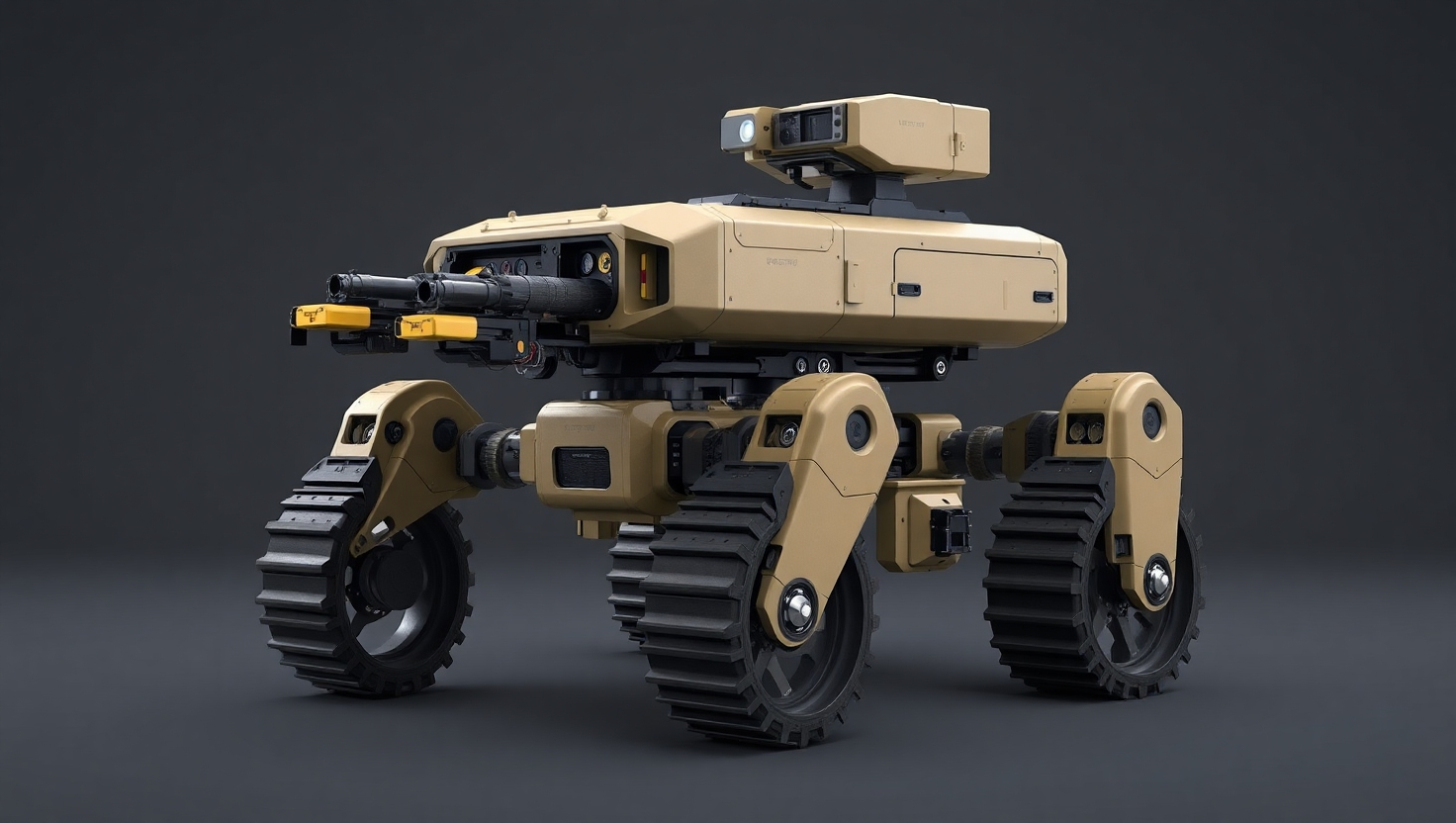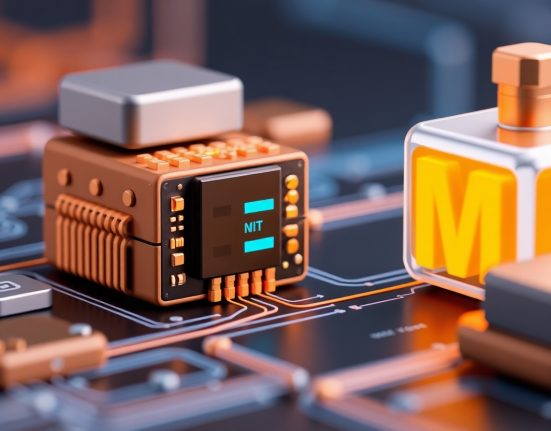The military world has been going through an exciting technological revolution lately, largely driven by advancements in military robots and telerobotics. These developments are not only changing how forces operate on the battlefield but also opening new doors for risk management, saving lives, and improving operational efficiency. Military robots have become key tools, enabling missions that used to require soldiers to be in direct contact with danger.
The latest military robots combine partial autonomy with remote control systems—this is what telerobotics is all about. It allows operators to control and monitor robots from a distance, sometimes hundreds of kilometers away, and respond instantly to dynamic situations. Thanks to these advanced systems, operators can navigate robots through dangerous scenarios, conduct reconnaissance, gather intelligence, and even carry out precise strikes without putting themselves in harm’s way.
Some of the most notable recent developments include robotic systems integrated with artificial intelligence that can make real-time decisions based on changing environments. AI enables these robots to perform tasks such as threat detection, area scouting, and even logistical operations relatively independently, while human operators step in only for critical moments. There are also specialized robots for electronic warfare, autonomous security systems, and small units designed to neutralize explosives or suspicious devices. The field is evolving rapidly with a focus on lightweight systems, ease of use, and operational flexibility in the field.
At the same time, alongside all the excitement about these new possibilities, there’s a growing awareness of the need to keep sensitive technologies under wraps. Details about certain capabilities remain tightly controlled because too much public exposure could give adversaries a strategic edge. So often, only general technical info is available publicly, without deep insight into propulsion systems, weapons, or the exact algorithms these robots use. These limits help protect technological uniqueness, prevent copying or misuse, and safeguard operational security.
Fundamentally, telerobotics also improves oversight over weapons use, since every action can be documented and remotely controlled, which may help reduce human error and ensure adherence to rules of engagement. Plus, military robotics saves lives by handling dangerous tasks in complex environments where relying on machines is sometimes the only option. This field keeps expanding and innovating, with more countries investing heavily in advanced military robot technologies.
Personally, what fascinates me most about this topic is the incredible potential of telerobotics and military robotics to change the game on the battlefield. These developments show how cutting-edge tech combined with creative thinking can provide effective and compelling solutions in complex and challenging realities. It’s clear the future of warfare is going to be remote-robotic, and I’m genuinely excited to see where these technologies head in the coming years, what new innovations will emerge, and how all this will affect global security and the field itself.














